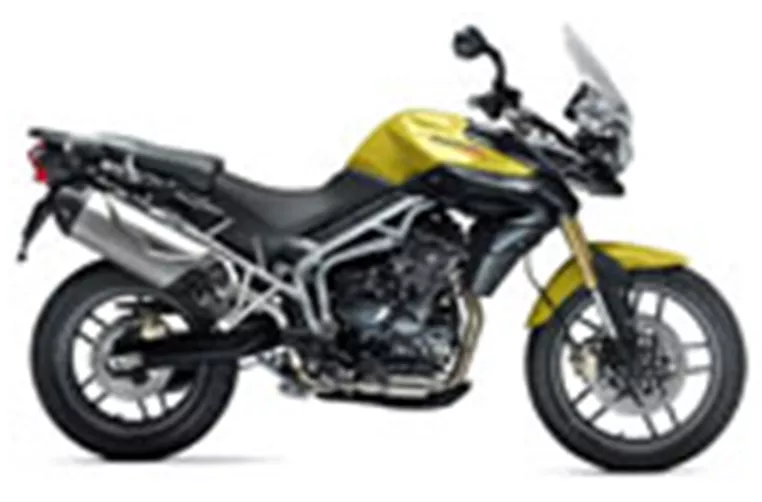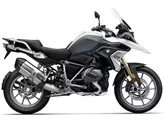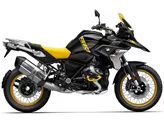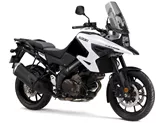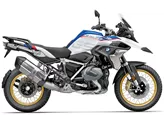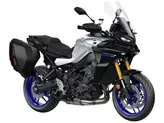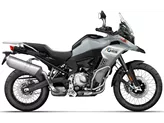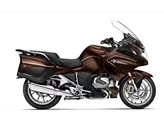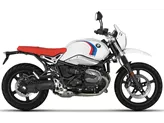BMW R 1200 GS 2010 vs. Triumph Tiger 800 2011

BMW R 1200 GS 2010

Triumph Tiger 800 2011
Overview - BMW R 1200 GS 2010 vs Triumph Tiger 800 2011
The BMW R 1200 GS 2010 and the Triumph Tiger 800 2011 are both enduro motorcycles, designed for off-road adventures and long-distance touring. While they share some similarities, they also have distinct differences in terms of their technical specifications and performance.
In terms of engine type, the BMW R 1200 GS 2010 features a Boxer engine, while the Triumph Tiger 800 2011 has an In-line engine. The Boxer engine of the BMW provides a unique and sporty look to the bike, while the In-line engine of the Triumph offers a more traditional design.
The BMW R 1200 GS 2010 has a larger bore of 101 mm compared to the Triumph Tiger 800 2011's bore of 74 mm. This larger bore allows for more air and fuel intake, resulting in increased power and performance. The stroke of the BMW is also longer at 73 mm, contributing to its overall power output. On the other hand, the Triumph Tiger 800 has a shorter stroke of 61.9 mm, which may result in a smoother and more refined ride.
In terms of power, the BMW R 1200 GS 2010 has a higher engine power of 110 HP compared to the Triumph Tiger 800 2011's 95 HP. This higher power output of the BMW may provide a more exhilarating riding experience, especially in off-road conditions. However, the Triumph Tiger 800's power output of 95 HP is still respectable and should be sufficient for most riders.
When it comes to torque, the BMW R 1200 GS 2010 has a higher torque of 120 Nm compared to the Triumph Tiger 800 2011's 79 Nm. This higher torque of the BMW may result in better acceleration and pulling power, especially when navigating challenging off-road terrains. The Triumph Tiger 800's torque output of 79 Nm is still adequate for most riding situations.

BMW R 1200 GS 2010
In terms of transmission, the BMW R 1200 GS 2010 features a prop shaft transmission, while the Triumph Tiger 800 2011 has a chain transmission. The prop shaft transmission of the BMW offers a smoother and more reliable power transfer, requiring less maintenance compared to a chain transmission. However, some riders may prefer the chain transmission of the Triumph for its simplicity and ease of maintenance.
In terms of suspension, both motorcycles offer adjustment options. The BMW R 1200 GS 2010 has preload adjustment for both the front and rear suspension, allowing riders to fine-tune the suspension settings to their preferences. The Triumph Tiger 800 2011, on the other hand, has rebound adjustment for both the front and rear suspension, providing similar customization options.
When it comes to dimensions and weights, the Triumph Tiger 800 2011 has a wider rear tire width of 150 mm compared to the BMW R 1200 GS 2010's 110 mm. This wider rear tire of the Triumph may provide better traction and stability, especially in off-road conditions. The wheelbase of the Triumph is also slightly longer at 1555 mm compared to the BMW's 1507 mm, which may result in improved stability at higher speeds.
In terms of seat height, the Triumph Tiger 800 2011 has a slightly lower seat height of 830 mm compared to the BMW R 1200 GS 2010's 850 mm. This lower seat height of the Triumph may make it more accessible to riders with shorter inseams or those who prefer a lower riding position.

Triumph Tiger 800 2011
When it comes to weight, the Triumph Tiger 800 2011 is lighter with a kerb weight of 210 kg compared to the BMW R 1200 GS 2010's 229 kg. This lighter weight of the Triumph may result in improved maneuverability and agility, especially in off-road conditions.
In terms of fuel tank capacity, the BMW R 1200 GS 2010 has a larger fuel tank capacity of 20 liters compared to the Triumph Tiger 800 2011's 19 liters. This larger fuel tank capacity of the BMW may provide a longer riding range, allowing riders to go further between refueling stops.
In terms of strengths, the BMW R 1200 GS 2010 has a sporty look, is well-equipped, and offers enough storage space for long-distance touring. On the other hand, the Triumph Tiger 800 2011 has a homogeneous power development, providing a smooth and consistent ride. It also has a loud sound, which may appeal to riders who enjoy a more aggressive and exhilarating riding experience. Additionally, the Triumph Tiger 800 2011 features ABS, providing added safety and control during braking.
In terms of weaknesses, the BMW R 1200 GS 2010 may require some getting used to the technology of the conversion. This could potentially be a learning curve for riders who are not familiar with the specific features and functions of the BMW. On the other hand, the Triumph Tiger 800 2011's gearbox may be somewhat stiff during lively gear changes, which could affect the overall riding experience.
In conclusion, both the BMW R 1200 GS 2010 and the Triumph Tiger 800 2011 are capable and versatile enduro motorcycles. The BMW offers a sporty look, well-equipped features, and ample storage space, while the Triumph provides a smooth ride, loud sound, and the added safety of ABS. Riders should consider their specific preferences and riding needs when choosing between these two models.
Technical Specifications BMW R 1200 GS 2010 compared to Triumph Tiger 800 2011
Pros and Cons in comparison
Pros and Cons in comparison
BMW R 1200 GS 2010
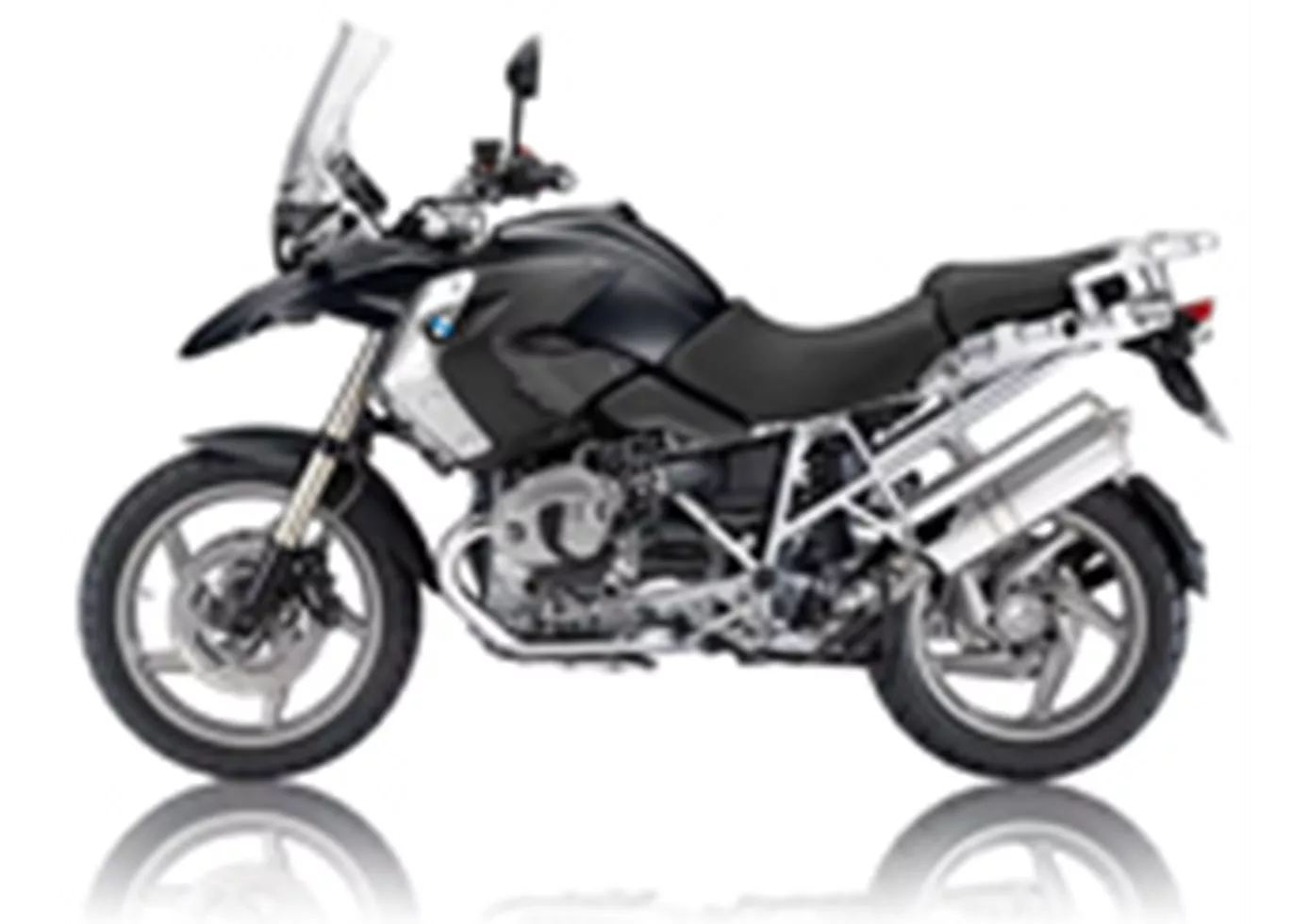
A GS Adventure has practically everything you need for the big trip. But firstly, Touratech manufactures some parts for BMW anyway and secondly, it doesn't stop with the optional extras offered by the Bavarians.
Triumph Tiger 800 2011

It seems Triumph has built a motorbike that has made the most pronounced trait in wildcats - suppleness - the overriding principle of its dynamics. The Tiger is elegant, controlled and deliberate in the use of its power.
Price Comparison Avarage Market Price BMW R 1200 GS vs Triumph Tiger 800
There are a few key differences between a BMW R 1200 GS 2010 and a Triumph Tiger 800 2011. In terms of price, the actual average price of a BMW R 1200 GS 2010 is about 27% higher. Compared to Triumph Tiger 800 2011 there are more BMW R 1200 GS 2010 bikes available on the 1000PS.de Marketplace, specifically 16 compared to 7. It takes less time to sell a Triumph Tiger 800 with 46 days compared to 64 days for the BMW R 1200 GS. Since model year 2005 1000PS.de editors have written 98 reviews for the BMW R 1200 GS and 10 reviews for the Triumph Tiger 800 since model year 2011. The first review for the BMW R 1200 GS was published on 1/20/2004 and now has more than 19,100 views. This compares to more than 8,200 views for the first review on Triumph Tiger 800 published on 11/1/2010.

